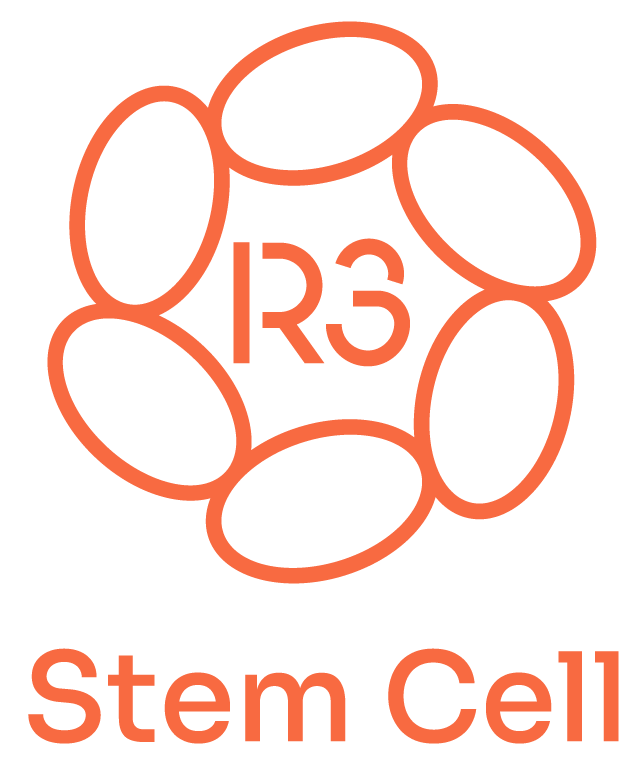In the past few years, we have experienced incredible advancement in the field of regenerative medicine, especially because the use of stem cells has been aggressively explored in order to offer solutions for managing pain and orthopedic conditions. Stem cell therapy has been rapidly embraced by the scientific community, both researchers and physicians, because of its amazing potential to heal damaged tissues, joints and other parts of the body. 
One particular area of extensive exploration is the properties and role of amniotic membrane tissue in 21st century regenerative medicine. This increased interest is justified because there is an incredibly high amount of stem cells present in the amniotic tissues, much higher than the amount of stem cells found in adult bone marrow or adipose tissue (fat).
Ok, but what exactly is this amniotic tissue and what are amniotic stem cells?
The amniotic tissue is basically a membrane found in the center layer of the placenta, which is found in the amniotic cavity. This membrane has only one layer of tissue that contains a high number of specialized cells, who actually help the membrane to offer several functions aimed at healing.
During pregnancy, the fetus is surrounded by the amniotic fluid, which has a protective and a feeding role. Following a written consensus from donors, during a caesarean section, stem cells are collected from this amniotic fluid, processed and injected into patients who suffer from a variety of muscular conditions. These are not embryonic cells and there are no ethical concerns. In addition, this fluid is processed at an FDA regulated lab.
Lately, as technology progresses, a considerable amount of patients that have musculoskeletal problems are considering the use of amniotic derived stem cell injections in order to help their body naturally heal itself. And such a choice is justified when you consider the excellent properties of amniotic fluid: natural antiinflamatory response, pain relief, an abundance of growth factors that promote tissue growth, presence of hyaluronic acid that promotes the growth of new cartilages, and a massive concentration of stem cells which allow the body to accept and utilize the fluid without any immune reactions or rejection.

Bottom line is that amniotic derived stem cell injections have been used in the US for a few years now with very promising results, including physicians being successful in treating elbow tendon injuries such tennis elbow and golfer’s elbow, along with rotator cuff tendon injury, spine problems, joint arthritis, wound healing and even corneal injuries.
What’s the most important aspect to remember: amniotic derived stem cell injections help the body to replace damaged cells and also to create new cells, thus giving the body a chance to naturally heal itself. With the help of these injections you don’t just treat the pain itself, but you also treat the source of the pain.
Summary:
- Amniotic stem cells have been found to have the potential to heal damaged tissues, joints and other parts of the body.
- More and more parents are allowing stem cells to be harvested from amniotic fluid for research and treatment of injuries and medical conditions.
- Amniotic-derived stem cells offer an incredible abundance of healing properties including: natural antiinflamatory response, pain relief, an abundance of growth factors that promote tissue growth, and presence of hyaluronic acid that promotes the growth of new cartilages.
- There is minimal chance of rejection or allergic reaction to treatment with amniotic-derived stem cells.
- This type of therapy has been successfully used to treat tendon injuries such tennis elbow and golfer’s elbow, rotator cuff tendon injury, spine problems, joint arthritis, and wound healing problems.

Dr. David Greene
MD, PhD, MBA
Dr. David Greene, MD, PhD, MBA, is a pioneering leader in regenerative medicine and healthcare marketing. As a residency and fellowship-trained orthopedic surgeon, Dr. Greene transitioned from clinical practice to become the founder and CEO of R3 Stem Cell and US Lead Network, where he has revolutionized patient care and medical practice growth through innovative therapies and digital marketing strategies. He has authored two influential books on healthcare internet marketing, ranks among the top expert authors globally, and has been featured on the cover of Corporate Vision magazine for his impact on global regenerative therapies. Beyond his professional achievements, Dr. Greene is passionate about education, compassion, and continuous innovation.


No Comments